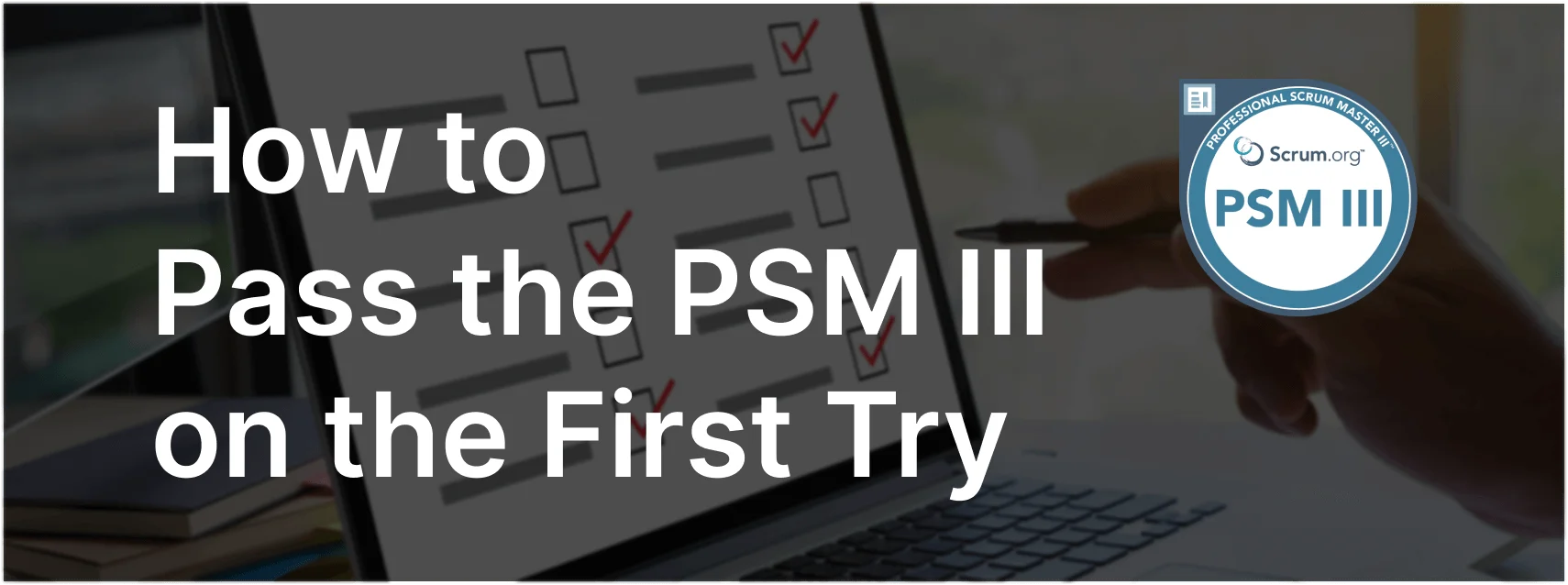Managing the Absence of a Product Owner in Scrum
The absence of a Product Owner presents a significant challenge for a Scrum Team, as the Product Owner plays a crucial role in guiding the team and ensuring that the product delivers maximum value. In situations where the Product Owner is unavailable, the Scrum Team must find ways to continue their work effectively while maintaining alignment with Scrum principles.
Exam Question
Someone from the HR department approaches you. They regret to inform you that the Product Owner for your team is absent starting today and will be unavailable for the rest of this Sprint. The Product Owner might be back at work somewhere during the next Sprint, but it’s all unknown at this point. What should the Scrum Team do?
Explanation
The Role of the Product Owner
The Product Owner is responsible for maximizing the value of the product resulting from the work of the Scrum Team. They manage the Product Backlog, prioritize items based on value, and ensure that the team understands the requirements. The absence of a Product Owner can disrupt the flow of work and decision-making within the team.
How the Scrum Team Should Respond
- Continue Working on the Sprint Backlog:
The Scrum Team should continue working on the items in the Sprint Backlog as planned. The Sprint Goal should guide their focus, and they should use their understanding of the product and previous input from the Product Owner to make informed decisions. - Identify a Temporary Proxy:
If possible, the team could identify a temporary proxy to fulfill some of the Product Owner’s responsibilities. This could be a senior team member, a stakeholder, or someone who has previously worked closely with the Product Owner. This person can help answer questions and provide guidance, but it’s essential to note that this proxy does not assume the full accountability of the Product Owner. - Increase Collaboration and Communication:
The team should increase collaboration and communication within the team and with stakeholders. Regular check-ins and discussions can help ensure that everyone is aligned and that any issues are quickly addressed. - Defer Non-Critical Decisions:
The team should aim to defer non-critical decisions that require the Product Owner’s input until the Product Owner returns. This ensures that key strategic decisions are not made without the necessary authority.
Why This Approach Aligns with Scrum
Scrum emphasizes collaboration, flexibility, and self-management. By continuing to work on the Sprint Backlog, identifying a temporary proxy, and maintaining open communication, the team demonstrates their ability to adapt to changes while staying focused on delivering value.
Relevance to the PSM III Exam
Understanding how to manage the absence of a Product Owner is crucial for advanced Scrum practitioners. In the PSM III exam, scenarios like this test a Scrum Master’s ability to guide their team through challenges while maintaining alignment with Scrum principles.
Key Takeaways
- Product Owner’s Role: The Product Owner is essential for guiding the team and maximizing product value.
- Team Adaptability: The team should continue working on the Sprint Backlog and identify a temporary proxy if possible.
- Communication: Increased collaboration and communication can help the team navigate the absence of the Product Owner effectively.
Conclusion
The absence of a Product Owner can be challenging, but with the right approach, the Scrum Team can continue to work effectively. By leveraging their collective knowledge, identifying a temporary proxy, and maintaining open communication, the team can ensure that they continue to deliver value despite the absence of their Product Owner. For more insights into managing complex Scrum scenarios and preparing for the PSM III exam, visit our Scrum Master PSM III™ Exam Prep.



